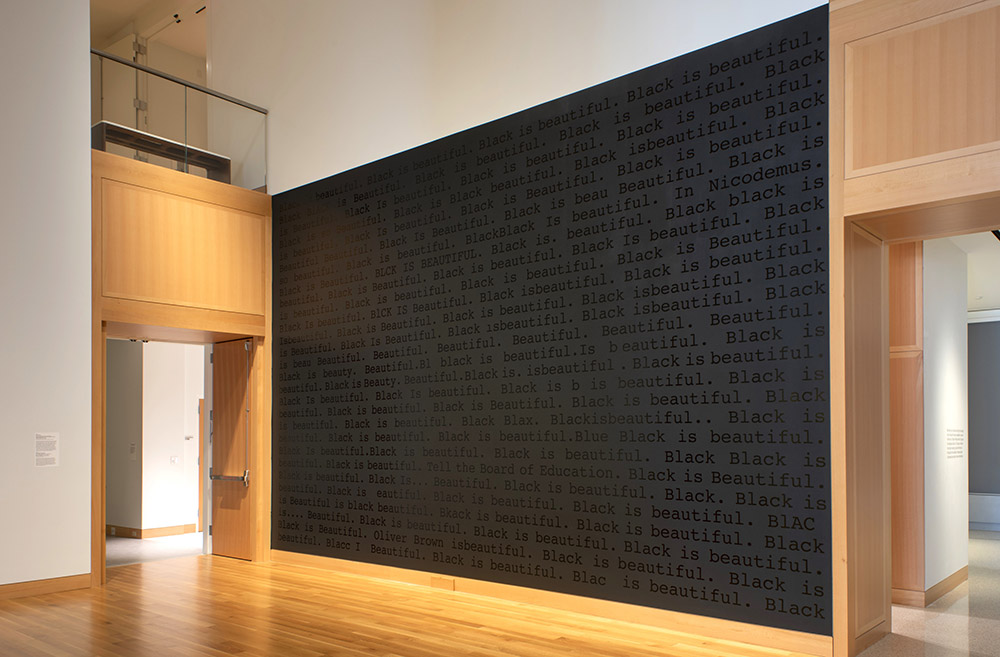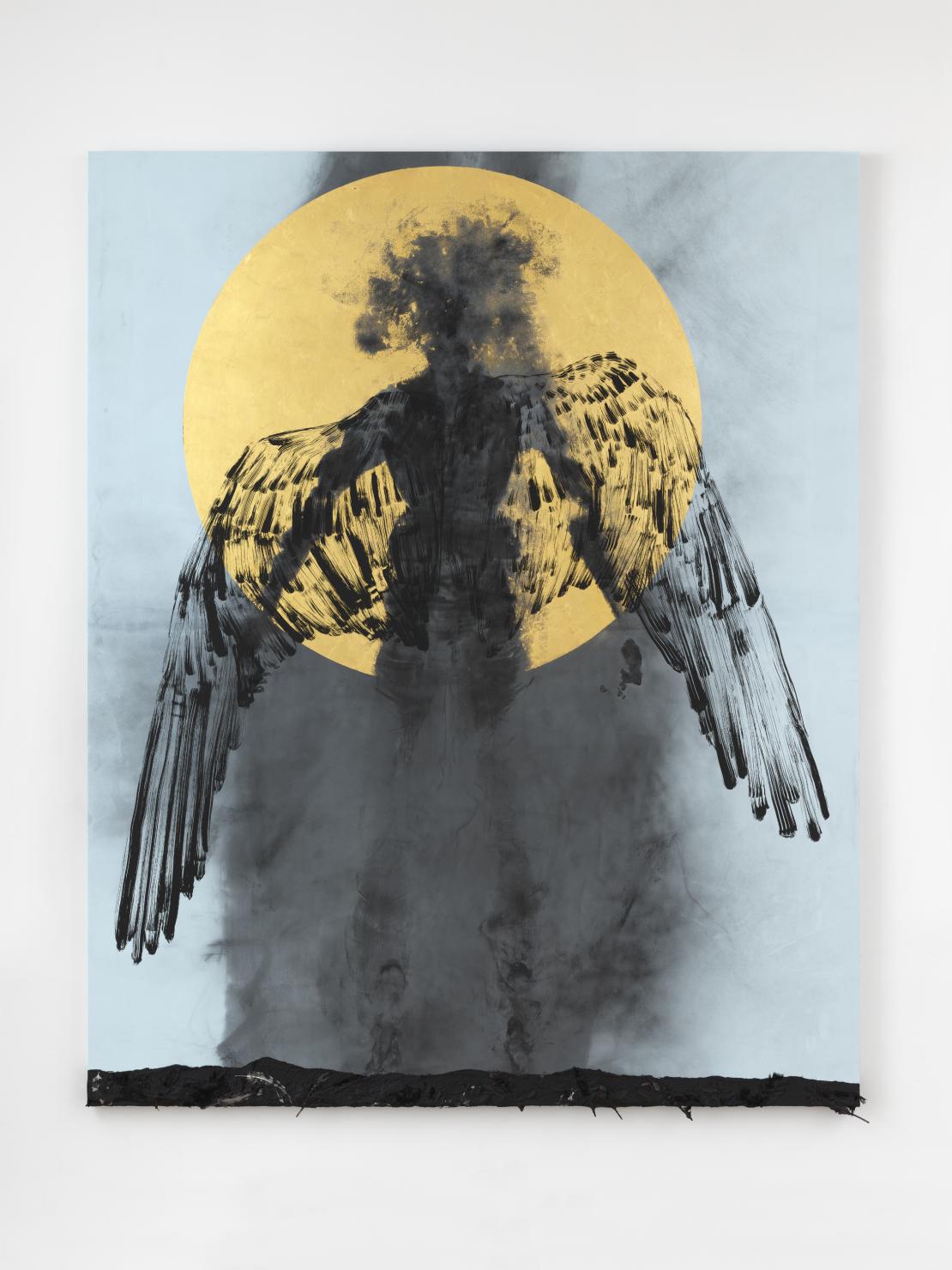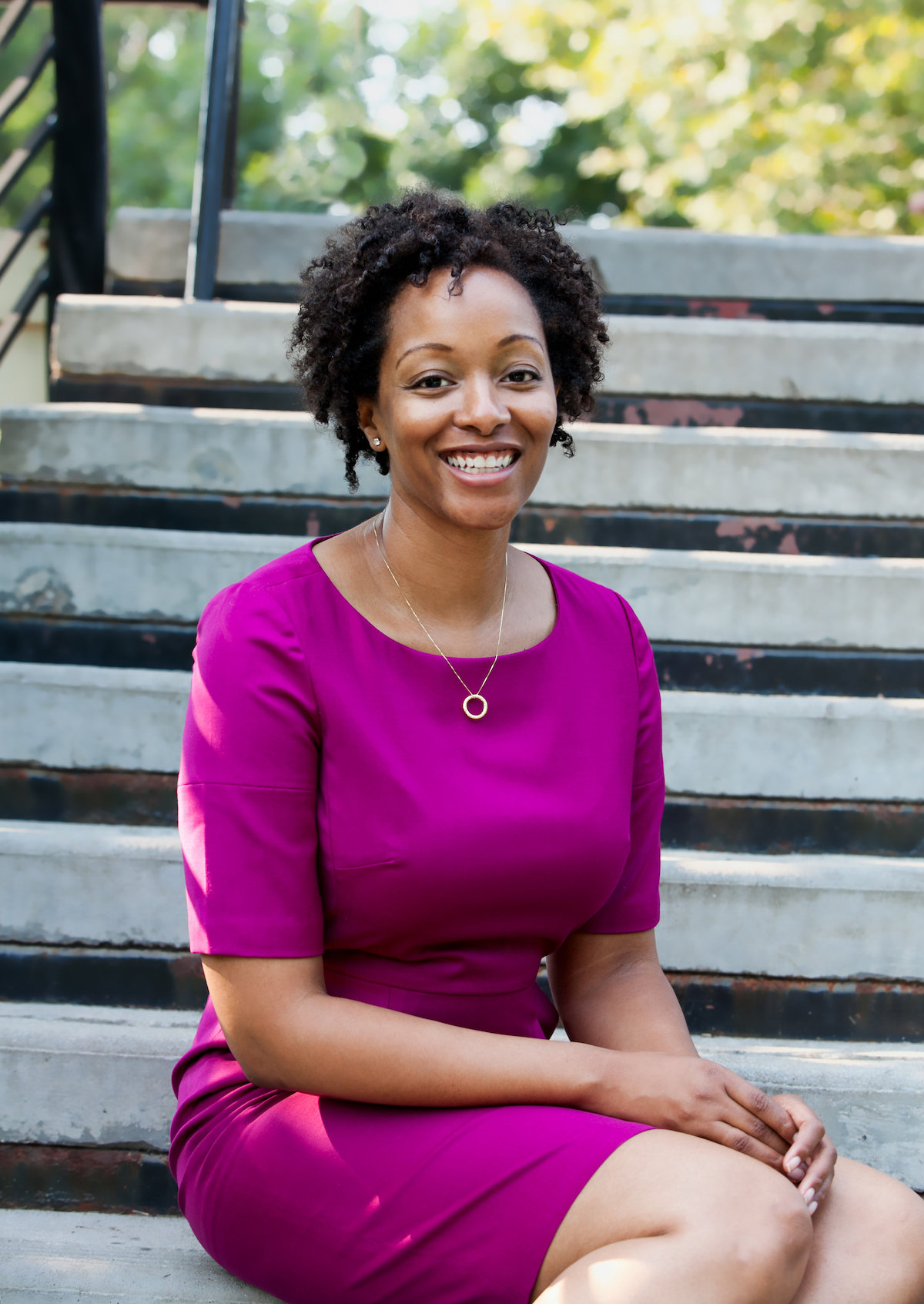Exhibition explores connection between contemporary art and History of Black Writing

LAWRENCE — At the start of the pandemic, Atlanta-based artist Paul Stephen Benjamin initiated a daily project called “Black is Beautiful.” It involved sitting down and typing these titular words over and over. But if, for instance, someone walked into the room or the radio was on, stream-of-consciousness thoughts bled into the text.

“Under his instruction, we turned it into a graphic covering two massive black walls in the gallery with black text on top that reads ‘Black is Beautiful,’” said Joey Orr, the Mellon Curator for Research at the Spencer Museum of Art at the University of Kansas.
“But embedded are different references to Black Kansas history: Wilt Chamberlain, Charlie Parker, Oliver Brown, Nicodemus, The Wiz …”
The prominent pieces serve as anchors of “Black Writing,” which opens Aug. 19 at the Spencer Museum. The show functions as both a contemporary art exhibition celebrating Black culture and an exploration of KU’s History of Black Writing (HBW) research project.

“I definitely wanted to avoid an exhibit that was all text-based visual artworks. There are certainly some examples of that. But the exhibition really tries to include a broader spectrum of things like song lyrics, family lore, AI generation, cultural coding and methods of erasure,” said Orr, who co-curated the exhibition with Ayesha Hardison, KU associate professor of English and of women, gender & sexuality studies.
When assembling the exhibition, the pair not only had to find the unifying relationships between written and visual art forms but also strove to activate reading, writing and observing in a way that nurtures what they term “multiple encounters.”

“For something as rich and complex as ‘Black Writing,’ it’s been very challenging to fit our vision and all our ambitions into one exhibition. But it was important for us to put HBW’s efforts to preserve and celebrate Black writing in conversation with the museum and artwork,” said Hardison, who serves as the HBW director.
Artists who will showcase new and recent works also include Bethany Collins, Jamal Cyrus, Stephanie Dinkins, Fahamu Pecou, Carrie Schneider and Dread Scott. The New York–based artist Scott provides new artwork titled after a song popularized by Nina Simone.
“‘I Wish I Knew How It Would Feel to Be Free’ was just made about a month and a half ago,” Orr said. “It’s a gorgeous piece with a winged figure and gold foil in the background. As you walk in, it hangs above the door like an icon.”
Several special events will take place during the exhibition’s five-month run. From 4 p.m. to 5 p.m. Aug. 23, artist Benjamin will be on site in the gallery, where he’ll sit in front of his typewriter and actually perform the "Black is Beautiful" meditation, followed by an opening reception. From Nov. 29 to 30, there will be a marathon reading of the KU Common Book in the museum gallery. This year’s book is Octavia Butler’s “Parable of the Sower,” which corresponds with a painting the Spencer commissioned by Atlanta-based artist Fahamu Pecou.
“As the KU Common Work of Art, it’s directly in conversation with the KU Common Book,” Orr said.
The reading will coincide with a visit by Pecou, who will give a talk about his painting Nov. 30.
KU’s History of Black Writing is an interactive research center with the mission of exposing students, instructors and audiences to reading, studying and teaching literature by Black authors. This year marks its 40th anniversary.
“HBW is always asking how we can bring our work to a broader audience,” Hardison said.
One approach, she said, involves trying to incorporate the digital aspects of HBW into the “Black Writing” exhibition. This has manifested in an opportunity to explore an interface used for searching HBW’s digitized works; the interface is a partnership with the Chicago Text Lab at the University of Chicago.
“In embracing the digital aspects of HBW, we wanted to not only represent the center’s archival media but also to make laptops available in the exhibition for visitors to use and browse some of the database,” Hardison said. “In thinking about the broad history of Black writing, the exhibit nods toward HBW’s use of digital tools and the potential evolution of writing.”
“Black Writing” is free and open to the public. It will be on view through Jan. 7, 2024.
“When people come to the Spencer Museum, they will recognize first of all how HBW is a really important research center at the university that’s doing incredible work that we should all be really proud of,” Orr said. “But also they’ll understand that the artists are important researchers themselves who are contributing to our knowledge of so many subjects.”
Top image: Two murals titled “Black is Beautiful” by artist Paul Stephen Benjamin are featured at the Spencer Museum of Art’s “Black Writing” exhibition. Photo by Ryan Waggoner.
Right image: Dread Scott’s work titled “I Wish I Knew How It Would Feel to Be Free” is provided courtesy of the artist and Cristin Tierney Gallery, New York.